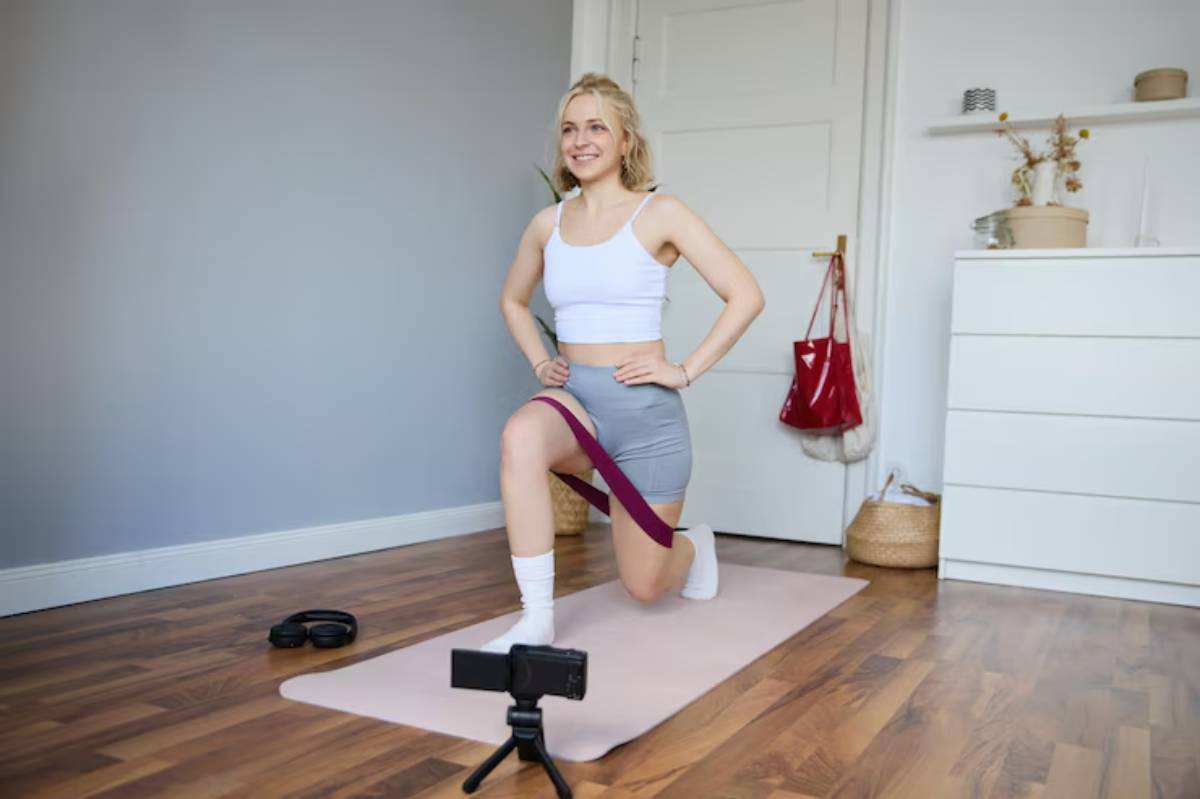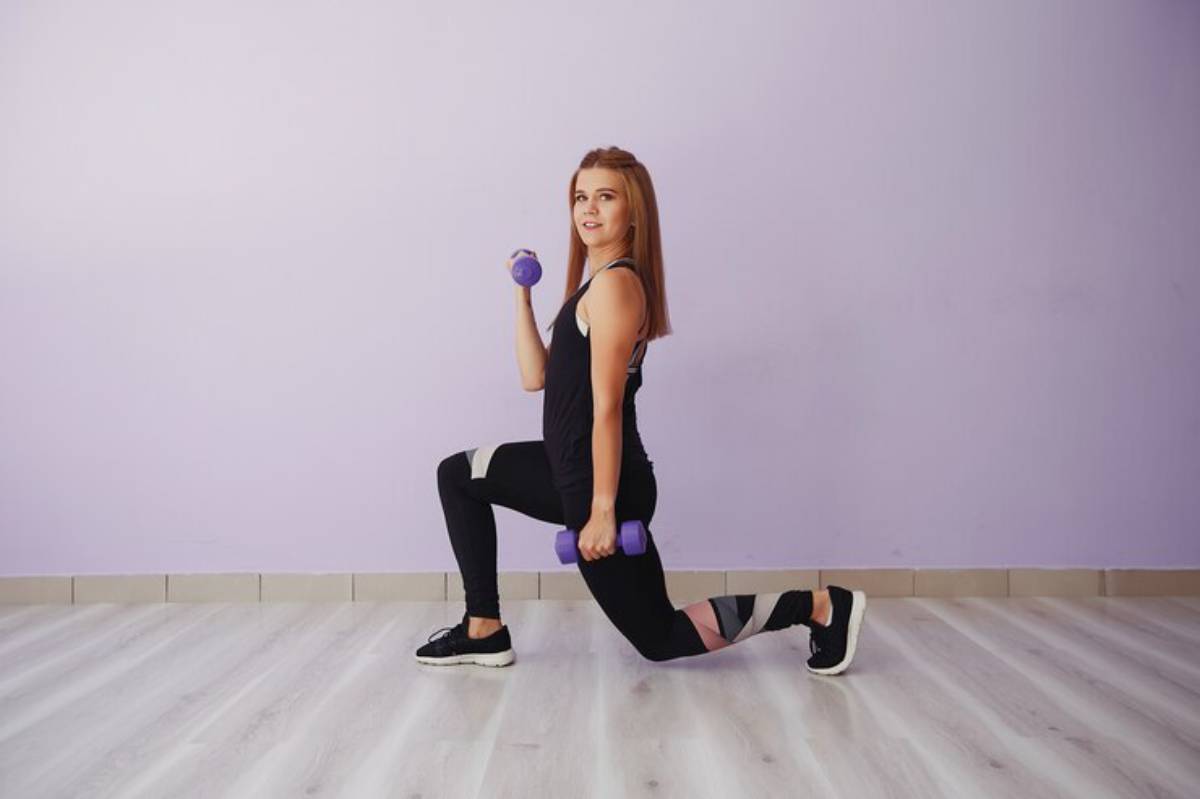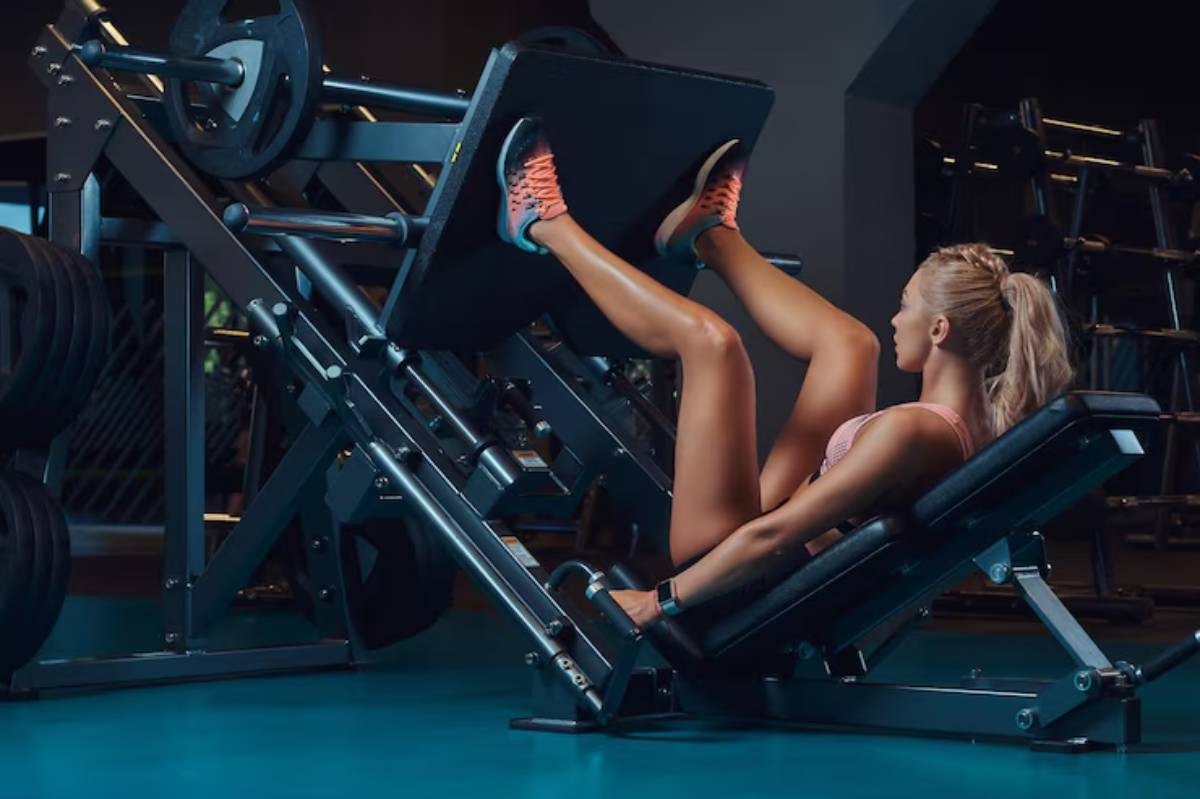
Strong Legs Without Bulking: How to Train Smart
There’s a common concern that stops many women from fully embracing lower body strength training: “I want toned legs, not bulky ones.” It’s a fair concern — especially when fitness advice is either all about light, high-rep workouts or heavy lifting like a powerlifter.
But here’s the truth: you can absolutely build strong, toned legs without bulking up. The key lies in understanding your body’s natural response to resistance training and how to programme your workouts accordingly.
In this article, we’ll break down the science behind leg strength without size, what causes “bulk,” and how you can design your own toned legs workout that delivers shape, stability, and strength, without adding unwanted mass.
Whether you want sculpted thighs, firmer hamstrings, or simply more power in your stride, this guide gives you the clarity and confidence to train smarter, not just harder.
Understanding Muscle Tone vs Muscle Size
Let’s clear something up: muscle tone doesn’t mean more reps with lighter weights. Tone refers to the visible firmness and shape of muscle,
which is created through a combination of:
- Building lean muscle
- Reducing body fat
- Improving muscle density and definition
On the other hand, bulking typically refers to:
- High-volume hypertrophy training
- Large caloric surplus
- Heavy progressive overload with minimal cardio
For women, especially, bulking is much harder to achieve than most think. Thanks to lower testosterone levels, women don’t add muscle mass as quickly or significantly as men do. Instead, strength training usually results in tighter, leaner-looking limbs, not thicker ones.
What Causes the “Bulky” Look?
If you’ve ever felt that your legs looked bigger after starting a new workout, it’s likely due to temporary muscle inflammation, increased glycogen storage, or water retention, not actual muscle growth.
Here’s what could be happening:
- New training stimulus: Muscles swell as they adapt to new challenges
- Dietary shifts: Carb intake can cause water retention in muscle cells
- Lack of recovery: Overtraining can lead to inflammation and bloating
These effects are usually short-term. With a consistent training and recovery routine, the body adapts, inflammation reduces, and what’s left is toned, defined muscle.
The Smart Training Principles for Strong, Toned Legs
So, how do you train for strength and definition, without size?
It comes down to training variables: intensity, volume, frequency, and recovery.
1. Moderate Weights, Moderate Reps
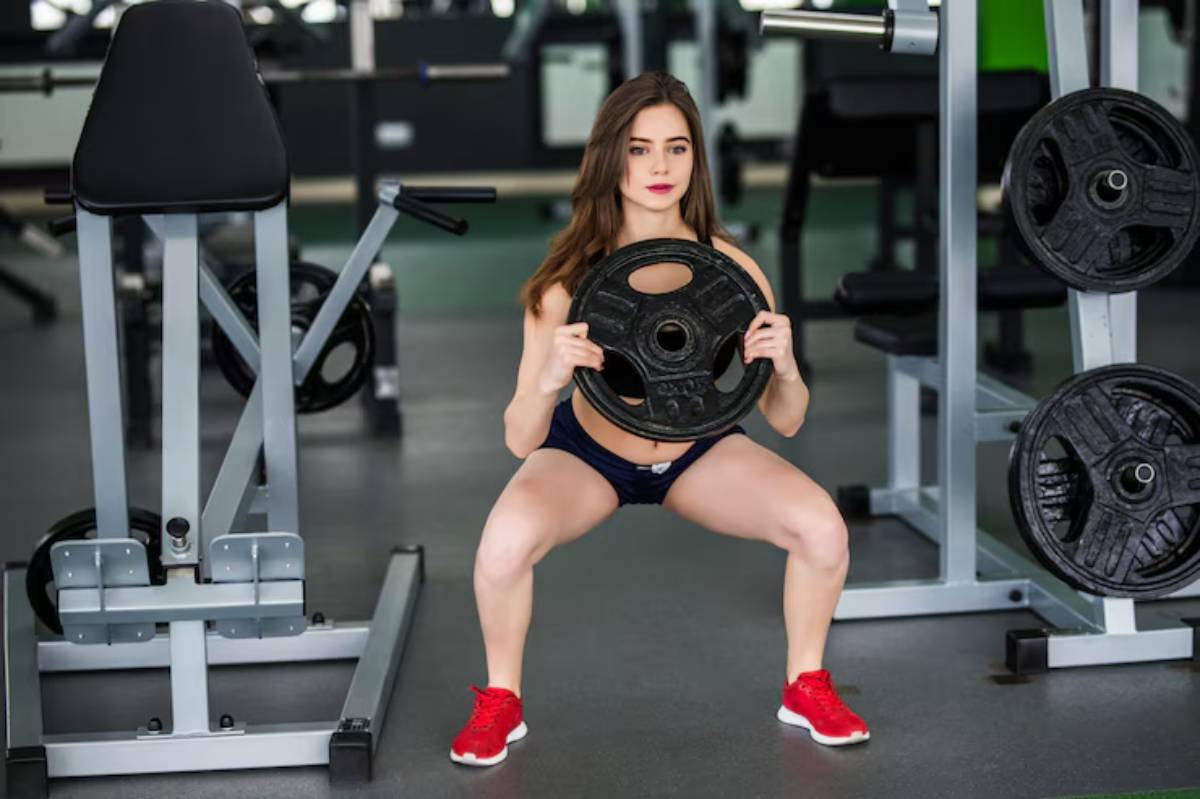
Instead of going ultra-light or max-heavy, aim for:
- 8–12 reps per set
- 2–4 sets per exercise
- 60–75% of your one-rep max
This hits the sweet spot for toning — enough to stimulate muscle without pushing aggressive growth.
2. Prioritise Time Under Tension
Slower, more controlled movements increase time under tension — a key driver of muscle definition.
Try:
- 2-second concentric (lifting) phase
- 1-second pause at peak contraction
- 3-second eccentric (lowering) phase
This creates more micro-damage in the muscle, which improves tone and firmness, especially when paired with proper recovery.
3. Incorporate Functional Movements
These improve strength, posture, and athleticism without overloading one area. Include:
- Lunges
- Step-ups
- Single-leg glute bridges
- Cable abductions
These movements also recruit stabiliser muscles, making your legs stronger and more balanced overall.
The Best Leg Exercises for Toning Without Bulking
The following movements focus on glute, hamstring, and quad engagement with a strong emphasis on control, posture, and form.
Dumbbell Reverse Lunges
Works the glutes, hamstrings, and quads while reducing joint stress compared to forward lunges. Step back into each rep and control the descent to keep tension in your front leg.
Romanian Deadlifts (With Dumbbells or Barbell)
Targets the posterior chain, especially the hamstrings and glutes. Keep a soft bend in your knees and hinge from your hips — not your waist.
This move works beautifully in a lower body-focused strength routine if you’re building out a weeklong plan.
Glute Bridges with Plate or Dumbbell
Isolate the glutes without overusing quads. Hold the top squeeze for 2 seconds, lower slowly.
Step-Ups
A unilateral movement that tones the thighs, improves balance, and reduces size gain because it limits overreliance on heavy load.
Cable Glute Kickbacks
Excellent for sculpting the gluteus maximus with high control. Focus on full contraction at the top, using light-to-moderate resistance and higher reps (12–15).
Wall Sits or Static Holds
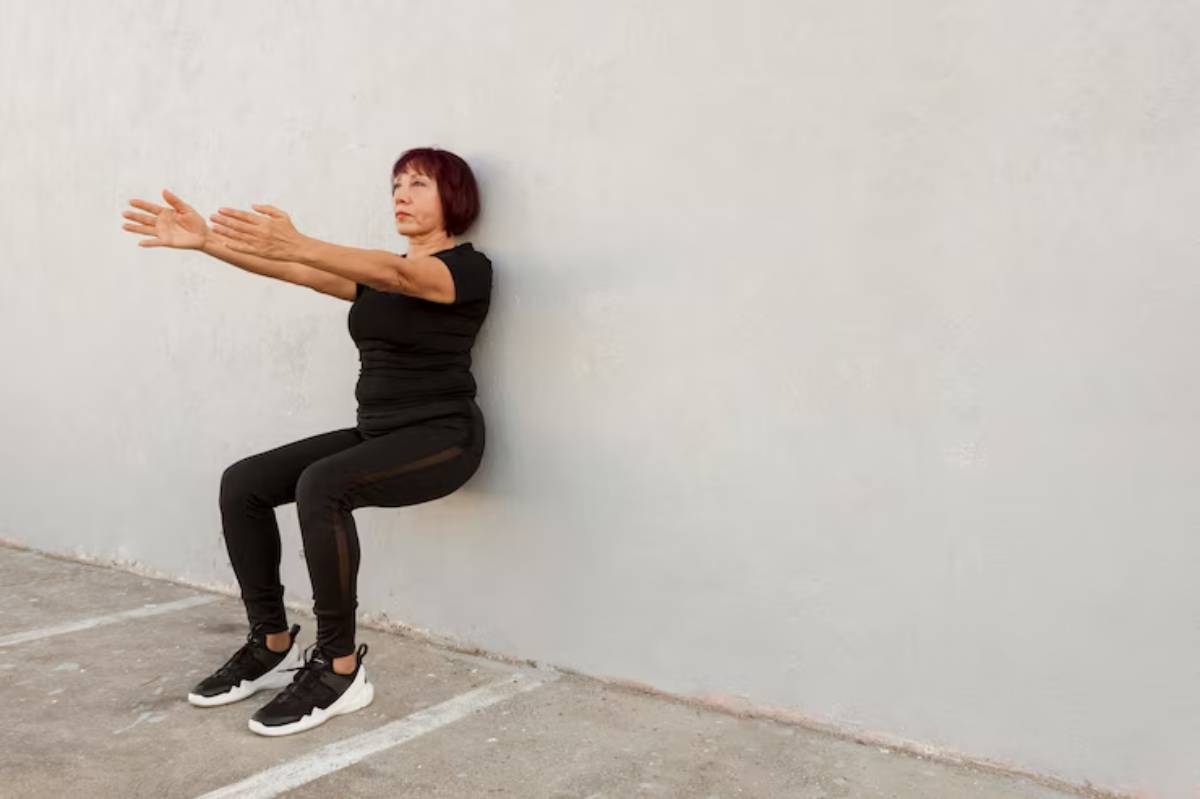
Creates muscular endurance without repetitive motion. Great to add at the end of your session as a burnout finisher.
Training Frequency for Leg Definition
Aim for 2–3 leg-focused sessions per week, ensuring each session:
- Targets all major lower body muscles
- Includes a mix of compound and isolation movements
- Ends with light stretching or mobility work
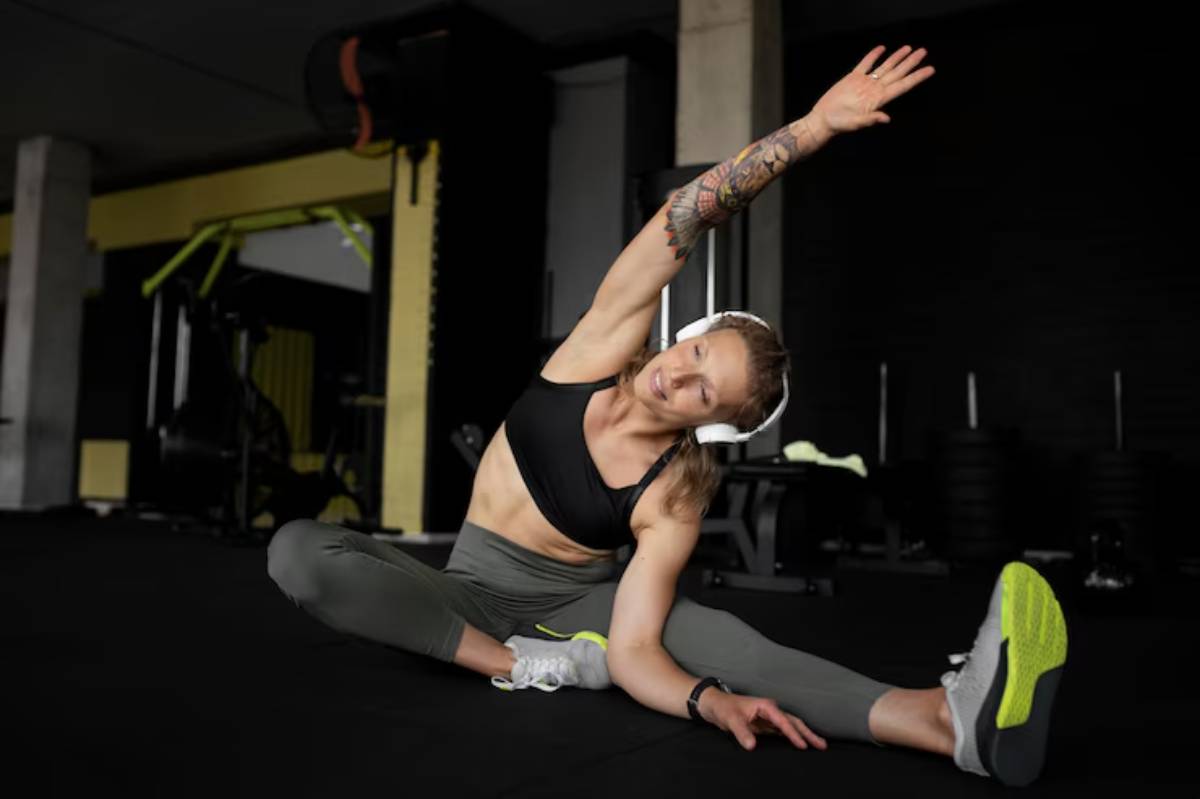
Spread your sessions out across the week to allow for recovery:
- Monday – Lower Body Toning
- Wednesday – Upper Body
- Friday – Glute & Hamstring Focus
- Saturday – Optional Mobility or Light Conditioning
If you’re transitioning from full-body training and want to progress strategically, consider following a plan like the balanced weekly training plan for women to distribute effort evenly.
Support Your Results With Cardio and Recovery
Low-Impact Cardio
To complement your leg workouts without interfering with strength progress, opt for:
- Incline treadmill walking
- Stationary bike
- Light stairmaster
- Pilates or barre classes
30–45 minutes, 2–3 times a week, helps burn fat while protecting your legs from overuse.
Stretch and Mobilise
Tight hips or quads can reduce range of motion and increase the chance of compensation.
Add:
- Hamstring and quad stretches
- Hip flexor releases
- Foam rolling
Prioritise Sleep and Nutrition
Muscle recovery and definition are supported by:
- 7–9 hours of quality sleep
- Sufficient protein (1.6–2.2g/kg body weight)
- Anti-inflammatory foods: berries, oily fish, dark leafy greens
A Real-Life Example: Strength, Not Size
Rhea, 35 – Accountant and recreational hiker:
“I avoided strength training for years because I thought it would make my legs bigger. But after three months of moderate weight training, I noticed my legs felt firmer, my balance improved, and I had way more strength on hiking trails. I didn’t bulk up — I leaned out.”
Rhea’s story isn’t unique. Many women see tone, strength, and mobility gains without the “bulk” they were afraid of — because they followed a smart, well-balanced plan.
Common Mistakes That Stall Leg Toning
Mistake 1: Only doing bodyweight or resistance band workouts
While these can be great for beginners, they often don’t provide enough progressive overload to change muscle shape.
Mistake 2: Overtraining with HIIT
Too much high-intensity cardio can fatigue the legs, elevate cortisol, and stall definition. Balance is key.
Mistake 3: Skipping rest days
Muscles grow and tighten between workouts. Training every day, especially with leg focus, can lead to inflammation, soreness, and diminishing returns.
Strong Legs Without Bulk Are Possible
Strong, toned legs aren’t just about how much you lift — but how smart you train. With the right balance of resistance, movement patterns, and recovery,
you’ll see:
- Firmer thighs
- Defined glutes
- Better posture and power
The myth of bulky legs from strength training is just that — a myth. You don’t need to avoid weights to stay slim. You just need a plan that matches your goals, physiology, and lifestyle.
Lift smart, stay consistent, and celebrate the strength that shapes you — without sacrificing your silhouette.
